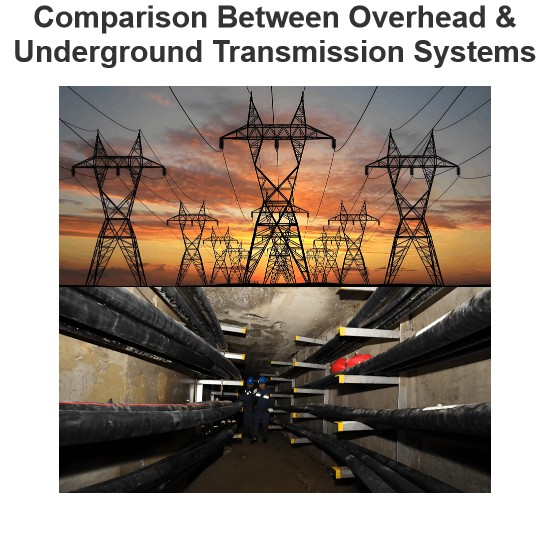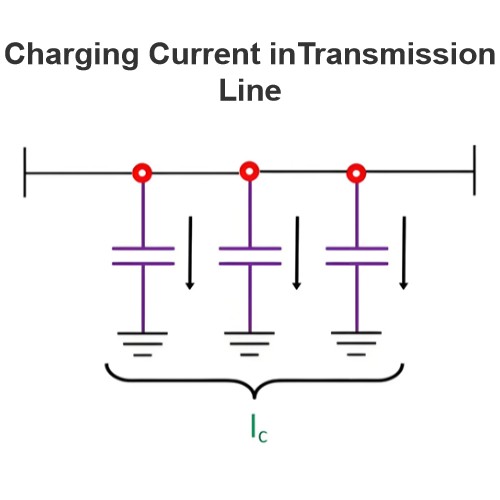How to Handle Cable Voltage Leakage?
Cable voltage leakage (also known as insulation failure or leakage current) is a serious electrical issue that can not only damage equipment but also cause fires and personal injuries. Handling cable voltage leakage requires a series of measures, from detection to repair, to ensure the safety and reliable operation of the electrical system. Here are the steps and methods for handling cable voltage leakage:
1. Power Off and Safety Measures
Power Off: First, ensure that the power is disconnected to avoid the risk of electric shock. Use the appropriate circuit breaker or switch to cut off the power.
Personal Protective Equipment (PPE): Wear appropriate personal protective equipment, such as insulating gloves, insulating shoes, and a safety helmet.
2. Detect the Leakage Point
Megohmmeter Test: Use a megohmmeter (also known as an insulation resistance tester) to measure the insulation resistance of the cable. The insulation resistance should be significantly higher than the specified minimum value. If the insulation resistance is low, it indicates a potential insulation fault.
Thermal Imaging Camera: Use a thermal imaging camera to check the temperature of the cables and connection points. Abnormally hot areas may indicate leakage points.
Voltage Detector: Use a non-contact voltage detector to check the cables and connection points to confirm the presence of voltage.
3. Locate the Faulty Point
Visual Inspection: Carefully inspect the appearance of the cable for obvious damage, wear, or cracks.
Physical Inspection: Touch the cables and connection points to check for signs of overheating.
Segment Testing: Divide the cable into several sections and test the insulation resistance of each section separately to narrow down the faulty area.
4. Repair the Leakage Point
Replace the Cable: If the cable is severely damaged, the safest method is to replace the entire cable.
Repair Insulation: For minor insulation damage, you can use insulating tape or insulating sleeves to repair the insulation. Ensure that the repaired insulation meets the original insulation level.
Reconnect: Check all connection points to ensure they are secure and have good contact. Use appropriate terminals and connectors to ensure reliable and safe connections.
5. Preventive Measures
Regular Maintenance: Regularly inspect and maintain the electrical system to identify and address potential insulation issues promptly.
Environmental Protection: Ensure that cables are protected from moisture, high temperatures, chemical corrosion, and other harsh environments. Use appropriate cable protection conduits or sleeves.
Load Management: Distribute electrical loads reasonably to avoid overloading the cables.
6. Re-test and Restore Power
Re-test: After repairs are completed, re-test the cable using a megohmmeter and voltage detector to ensure that the insulation resistance has returned to normal and there is no voltage leakage.
Restore Power: Once everything is confirmed to be normal, gradually restore power and continue monitoring the system's operation.
7. Documentation
Record the Repair Process: Document the inspection and repair process in detail, including the tools, materials, and test results used.
Maintenance Records: Update the maintenance records for the electrical system, noting the time of the fault, the cause, and the repair measures taken, for future reference.
Summary
Handling cable voltage leakage involves a series of steps, including power off and safety measures, detecting the leakage point, locating the faulty point, repairing the leakage point, taking preventive measures, re-testing, and restoring power. Ensure that each step is carried out strictly according to safety procedures to guarantee the safety and reliable operation of the electrical system.
The Electricity Encyclopedia is dedicated to accelerating the dissemination and application of electricity knowledge and adding impetus to the development and innovation of the electricity industry.













